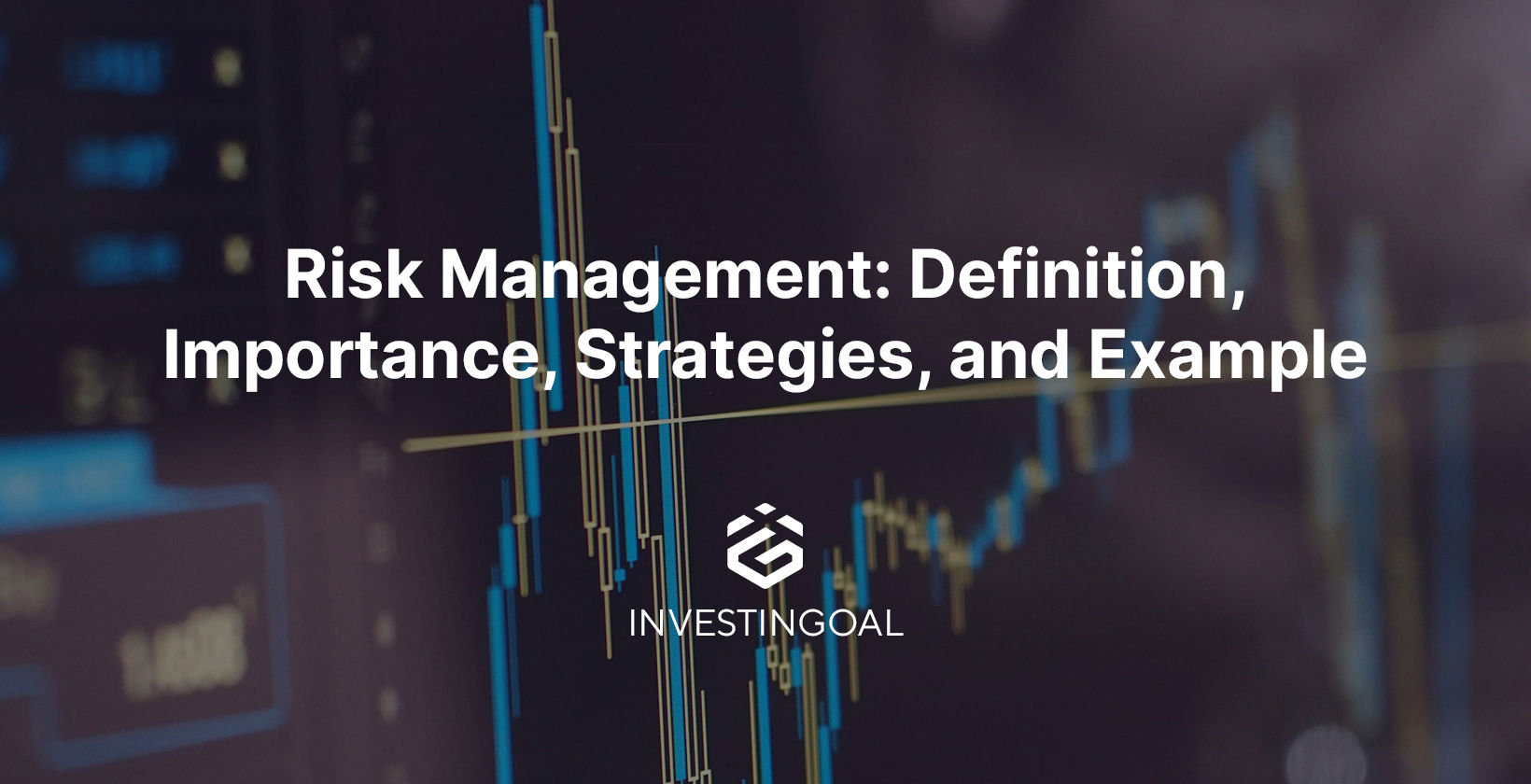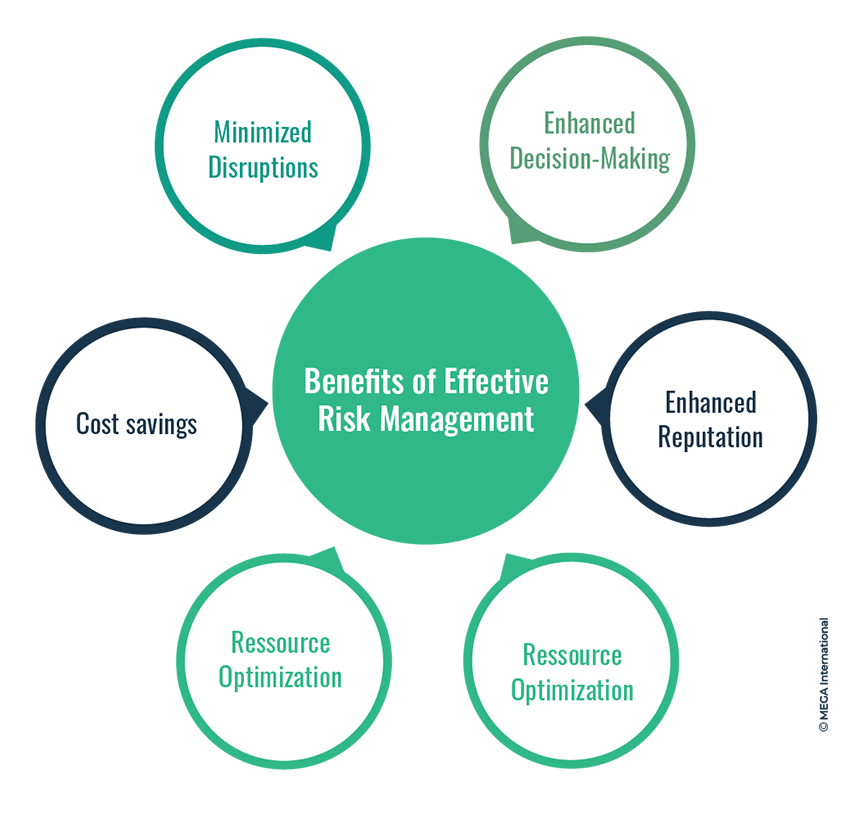The Crucial Importance of Risk Management in Financial Decision Making
The Crucial Importance of Risk Management in Financial Decision Making
Blog Article
Discovering the Significance of Risk Management for Effective Decision-Making Techniques
In the intricate globe of organization, Risk Management arises as an important factor in the decision-making procedure. The capacity to identify prospective hazards and opportunities, and strategize as necessary, can spell the difference in between success and failing. With devices such as SWOT and PESTEL, organizations are furnished to make enlightened choices, promoting durability and flexibility in an ever-changing atmosphere. Wondering just how this works? Allow's unpack the dynamics additionally.
Recognizing the Idea of Risk Management
Risk Management, an essential component in decision-making, is typically misconstrued or oversimplified. Typically, it describes the recognition, examination, and prioritization of threats to reduce, monitor, and regulate the likelihood or impact of regrettable events. It's not simply regarding preventing negative results, but also about acknowledging potential opportunities. Risk Management involves organized and self-displined approaches, making use of information and insightful assessments. It calls for a detailed understanding of the organization's context, objectives, and the potential threats that could combat them. From financial unpredictabilities, lawful liabilities, calculated Management errors, to accidents and all-natural disasters, it addresses numerous dangers. Significantly, efficient Risk Management is not stagnant; it's a continual, positive procedure that develops with changing conditions.
The Function of Risk Management in Decision-Making Processes
In the world of tactical preparation and service operations, Risk Management plays an essential role in decision-making procedures. It aids in identifying potential hazards and uncertainties that could influence the success of organization objectives. By tracing these risks, firms can formulate strategies to reduce their effect, making sure company continuity and security. Risk Management therefore becomes an important tool in decision-making, helping leaders to make enlightened options based upon a detailed understanding of the threats entailed. It encourages a proactive technique, enabling companies to prepare for and prepare for feasible future situations. This significantly decreases the likelihood of adverse effects, promoting more effective and reliable decision-making approaches. Risk Management serves as a crucial element in the decision-making procedures of any kind of organization.

Just How Risk Management Boosts Strategic Preparation
In the context of tactical planning, Risk Management plays a crucial function. Initiating with the recognition of prospective risks, it better encompasses the application of Risk mitigation measures. The duty of Risk Management is not fixed however dynamic, as it demands consistent surveillance and adjusting of strategies.
Recognizing Possible Dangers

Executing Risk Reduction
Having established the value of determining prospective dangers, the following step is to check out Risk mitigation. This process involves developing and implementing strategies to manage identified threats properly. It is a crucial facet of strategic preparation as it improves decision-making by lessening prospective negative outcomes. Risk reduction methods can range from Risk avoidance, Risk transfer, to take the chance of decrease. Each method must be tailored to the particular Risk, considering its possible effect and the organization's Risk tolerance. Reliable Risk reduction calls for a deep understanding of the Risk landscape and the prospective effect of each Risk. This understanding enables companies to focus on risks and allot sources effectively, ensuring that one of the most significant risks are attended to initially.
Tracking and Readjusting Approaches
Though Risk reduction is a vital action in tactical preparation, continuous tracking and change of these strategies is equally crucial. This recurring procedure permits companies to identify brand-new risks and reassess existing ones, making certain the implemented approaches remain efficient in the ever-changing service environment. It also supplies a possibility to evaluate the success of the Risk Management procedures, permitting adjustments to be hop over to these guys made where required, additional improving critical preparation. Efficient monitoring and modification need making use of analytics and vital efficiency indicators (KPIs) to measure efficiency. These tools supply beneficial data-driven understandings that can inform strategic decision-making. As a result, tracking and readjusting Risk Management approaches is a vital element for enhancing a company's durability and critical preparation.
Case Studies: Successful Risk Management and Decision-Making
On the planet of business and finance, effective Risk Management and decision-making often serve as the pillars of thriving business. One such entity is a multinational oil company that reduced monetary loss by hedging versus rising and fall oil prices. In another instance, a technology start-up grew by identifying and approving high-risk, high-reward methods in a volatile market. A global financial institution, confronted with regulatory unpredictabilities, efficiently browsed the circumstance with positive Risk assessment and vibrant decision-making. These cases highlight the worth of sharp Risk Management in decision-making processes. It is not the absence of Risk, but the Management of it, that usually differentiates effective companies from not successful ones. These cases emphasize the vital role of Risk Management in tactical decision-making. importance of risk management.
Devices and Techniques for Efficient Risk Management
Navigating the detailed maze of Risk Management calls for the right set of methods and devices. These devices, such as Risk registers and warmth maps, help in identifying and examining possible check my blog risks. Methods consist of both quantitative methods, like sensitivity evaluation, and qualitative approaches, such as SWOT analysis. These help in focusing on threats based upon their potential impact and likelihood. Risk feedback strategies, an essential element of Risk Management, entail accepting, avoiding, transferring, or mitigating dangers. Tracking and regulating threats, via regular audits and evaluations, make certain that the approaches stay efficient. With these devices and strategies, decision-makers can navigate the complicated landscape of Risk Management, thereby facilitating informed and effective decision-making.
Future Patterns in Risk Management and Decision-Making Methods
As we discover the vast landscape of Risk Management, it comes to be evident that the tools and strategies utilized today will certainly proceed to develop. The principle of Risk culture, where every participant of a company is aware and included in Risk Management, will get more importance. These fads advertise an even more inclusive and positive approach towards Risk Management and decision-making.
Conclusion

Risk Management therefore becomes a vital device in decision-making, assisting leaders to make informed choices based on a thorough understanding of the dangers involved. Risk mitigation techniques can vary from Risk avoidance, Risk transfer, to run the risk of reduction (importance of risk management). Reliable Risk mitigation needs a deep understanding of the Risk landscape and you can find out more the potential influence of each Risk. Risk feedback methods, a key element of Risk Management, involve accepting, preventing, transferring, or mitigating dangers. The concept of Risk culture, where every member of a company is conscious and included in Risk Management, will gain much more prominence
Report this page